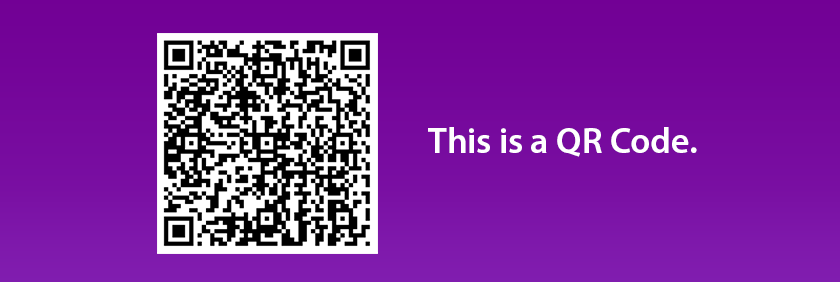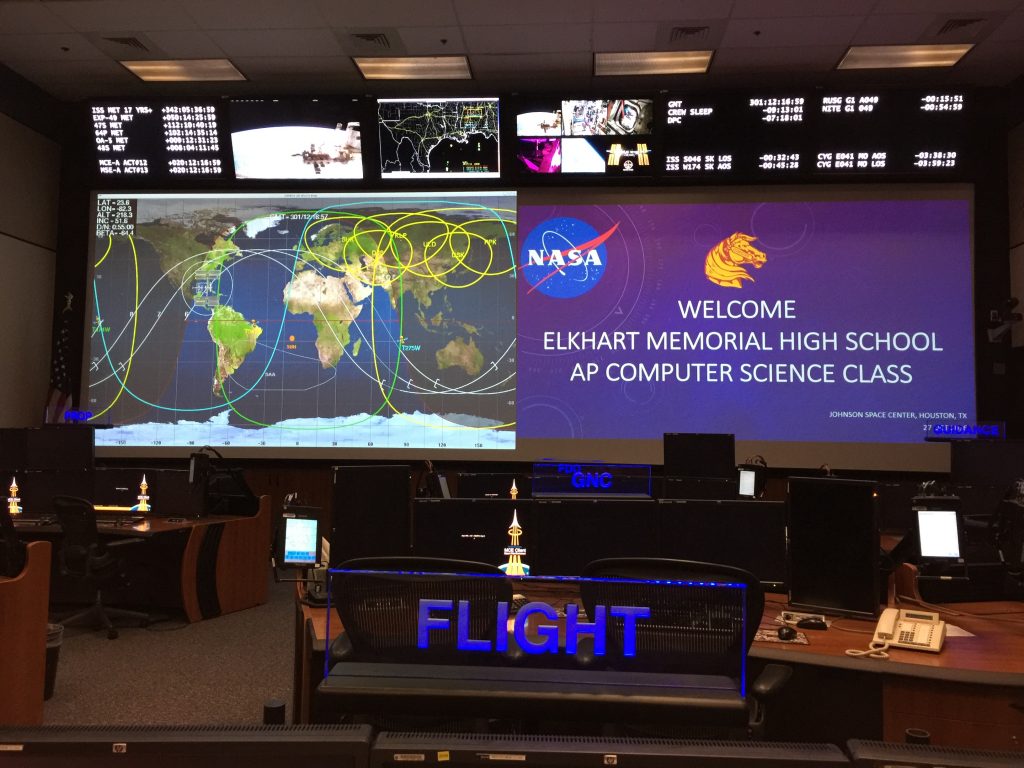What is a QR Code?
A QR code, in its most basic form, is a “picture link” to a website, document, assignment, etc. QR codes are scanned using a device with a camera, and link directly to a specific destination.
Why QR Codes?
One word: Efficiency. Sharing the code with the class, either printed on paper or in a digital format (presented on the SMARTboard), is one of the fastest way to get your classes on the “same page.”
Why not just use Apple Classroom, you ask? Apple Classroom is still valuable as a organization and management tool, especially for sharing materials with the class. QR codes shorten the time to get into an activity because they can be prepared ahead of time and available as students walk in, which can help your class dive into an activity.
When my students come in, they scan the QR code off of the screen and will be sent directly to the reading to start the period. A QR code works well in this situation because they can all start with the introductory activity before splitting into differentiated groups based on interventions, 8-step, or other considerations.
Benefits of the Solution
Convenience: Everyone with a device gets quickly into the assignment.
Pro-tip: Share the QR code link that forces students to make their own copy. This allows students to annotate/practice other literacy skills directly on their document.
Efficiency: It only takes about five minutes per week to set up a QR codes for readings. If we change readings, I change the QR code, no sweat.
Easy to share with colleagues or substitutes: Have you ever needed a substitute teacher? Print a QR code that links to the assignment. This way, you don’t have to worry about the sub having access to your Canvas class. Or, is the teacher across the hall running late, and needs your Advisory plans? Easy. Print a QR code to the same assignment that students can get started on.
Share student work: Students can share their own work via QR code, whether it’s a Google Doc, a movie (stored in Drive or YouTube), or some other digital item. If you’re using Seesaw, you can create QR codes for any student journal item. Students can post these codes around the room and even take them home for parents to scan to see their work. They’re also great to have up during back to school nights or parent-teacher conferences.
Taking QR Codes to the Next Level
Differentiation
Students at different ability levels can be easily grouped for an activity. (Students at Level #1 on an essential standard receive QR code #1, Level 2 recieve #2, etc.)
Students could even self-group and move to different areas based on their work in the class period. When they finish an assignment, they simply move to the next station and scan the posted code to get started. This saves you from setting up and modifying several assignments in Seesaw or Canvas.
Community Involvement
At the last set of conferences, parents had the ability to scan QR codes for easy links to questionnaires. Scanning a QR code is much easier than typing in a long link on a phone. You could provide options to subscribe to newsletters, class updates, or provide direct links to district resources.
General Ease of Access/Information distribution
Most information, whether it be a link, a Google Form, picture, reading, etc. can be shared easily with a QR code. It simply keeps things moving more efficiently because you’re not waiting for students to type long web addresses into the browser. Let the camera do that work for you!
Have you used QR codes in you class? What other tips would you suggest? Leave a comment below!
Helpful Links
The featured image is QR code, a flickr photo by Sean MacEntee shared under a Creative Commons (BY) license.



